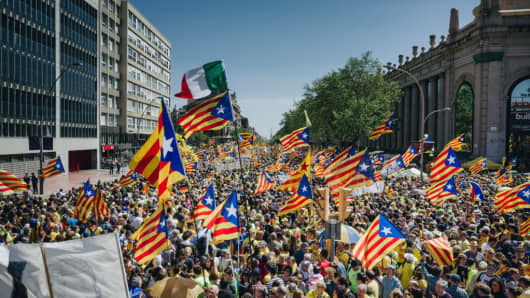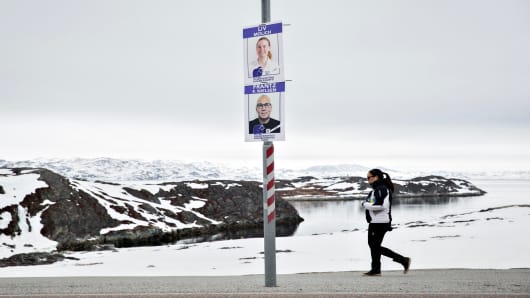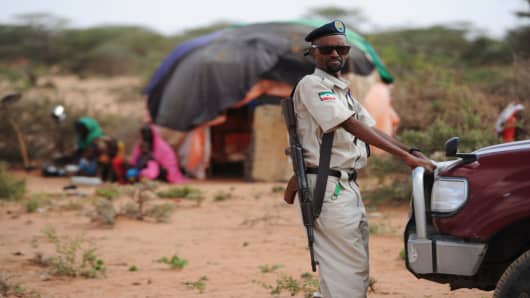Secessionist movements across three continents are vying to form new, independent states.
From Catalonia to Taiwan, separatists are increasingly mounting pressure on national governments who face the possibility of new breakups.
CNBC looks at what it takes to make a country from scratch.
Who gets to form a state?
The number of countries in the United Nations has grown from 51 recognized states in 1945 to 193 states today.
There are no official international rules, but guidelines are on hand for separatist movements.
The Montevideo Convention held in Uruguay in 1933 said that a region must meet four requirements to become a state; a permanent population, a defined territory, a government and the ability to form relations with other nation states.
Other conditions must be met, including clear evidence that a majority of people have freely chosen independence, that minorities are welcome and respected. A state must also be able to agree divorce terms mutually with the country it breaks away from.
In practice, many have found it difficult to meet all the guidelines.
Why is it so difficult to meet?
National governments almost always oppose secession.
Taiwan is a democratic state in almost everything but name. It has had its own constitution since 1947 and has functioned as an autonomous state since 1950. Unlike mainland China, Taiwan has democratically-elected leaders and was the first place in Asia to rule in favor of gay marriage.
However, China President Xi JinPing regards Taiwan as a province and has put pressure on countries to have no diplomatic relations with them. Only 19 countries, along with the Vatican, officially recognize Taiwan.


